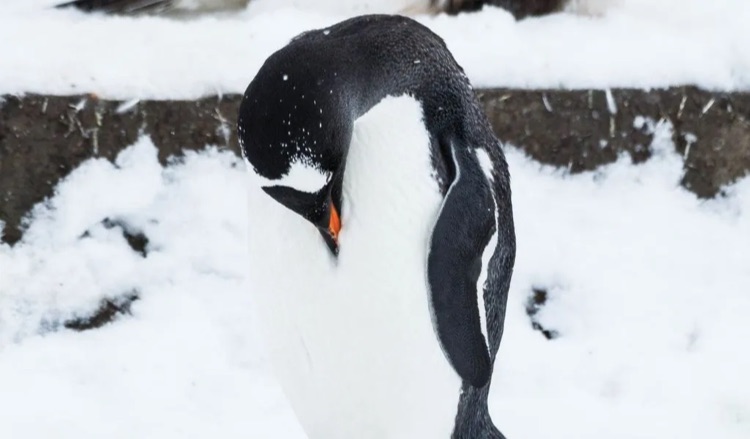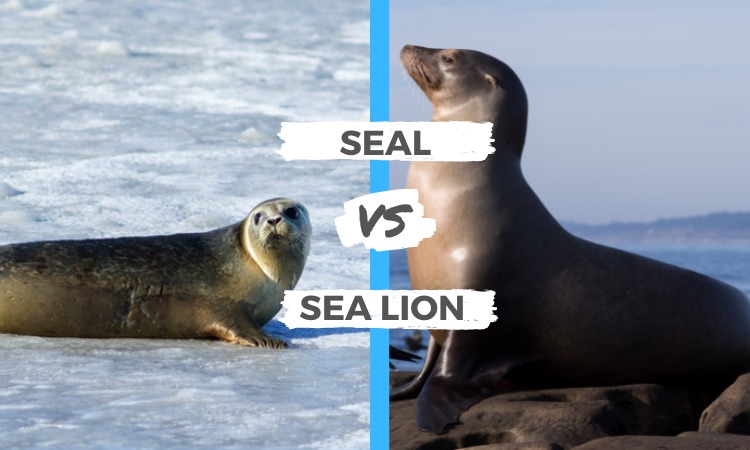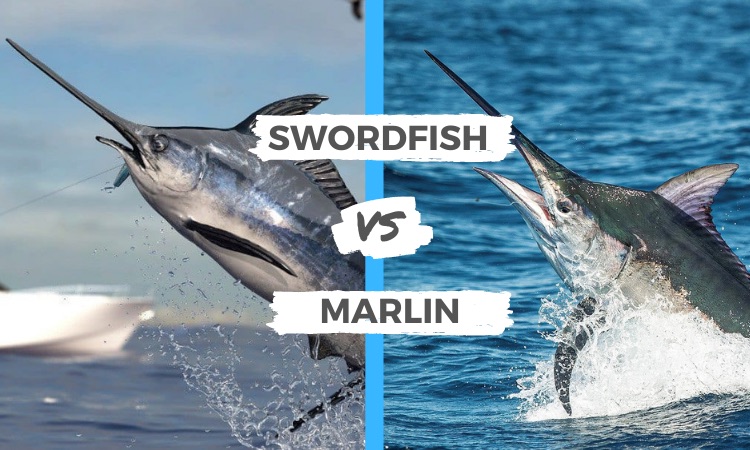The majestic Cero Mackerel or Spanish Mackerel is a saltwater species found in the Western Atlantic Ocean. The typical cero mackerel can reach about 18 inches, though some specimens may surpass 30 inches!
Cero Mackerel is a popular fish among both recreational and commercial anglers due to its remarkable features. In this article, we will outline the advantages of fishing for Cero Mackerel.
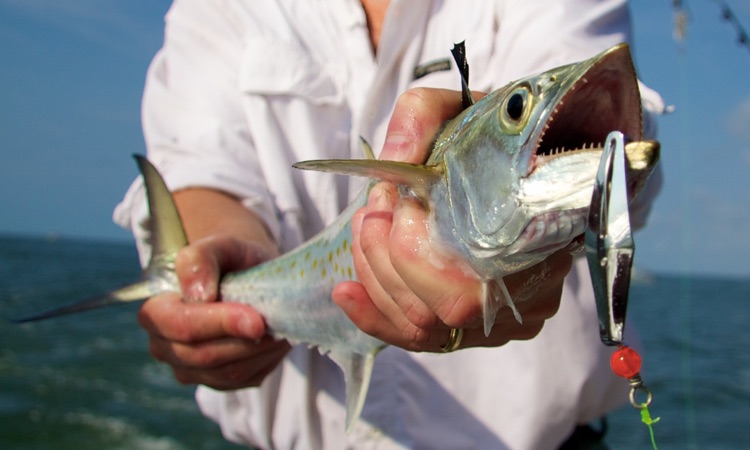
Cero Mackerel: Quick Facts
- Numerous large predatory ocean dwellers such as sharks, dolphins, and tuna seek out cero mackerel for a nourishing meal.
- During a spawning season, female fish lay between 160,000-2.23 million eggs that are externally fertilized.
- Nicknamed the ‘painted mackerel’, the cero mackerel is a popular fish among anglers.
- With lightning speed, it hunts its prey in an exhilarating pursuit.
- In addition to their regular diet, they also feed on squid and shrimp.
Appearance
Possessing an aerodynamic, torpedo-esque body engineered for top speed, the cero mackerel can reach a breakneck 30 mph if it senses danger. Its slender physique is distinguishable by its pointed head and jagged tailforkedtail.
Weight & Length
Typically, a cero mackerel will weigh approximately 8 pounds and measure 18 inches in length.
Notwithstanding, some fish may even reach an impressive 36 inches in length. Weirdly enough though, there have been instances of this species attaining a staggering 72 inches and 17 pounds!
Physical Characteristics
Adorned with an array of aquatic hues, the Cero Mackerel features a mesmerizing blue-green backside and a shining silver underbelly. These majestic creatures often present darker shades of green against blue highlights that gradually melt into glistening silver tones.
An unmistakable characteristic of this species is a bronze stripe that runs along the side. Beginning right behind the pectoral fin and extending to the caudal fin.
Then, to top it off, multiple rows of yellow stripes and spots form along its side as lateral lines. Contrasting this cycle is the bluish-black dorsal fin that completes the look.
Not only are Cero Mackerels easily identifiable by their distinct silver-blue body, they also have distinctive scaled pectoral fins that set them apart from other mackerel species.
The Cero Mackerel boasts an aerodynamic body, pointed head and forked tail that provides it with the agility to both hunt its prey and avoid predators. Its stunningly distinct markings make this species particularly exquisite.
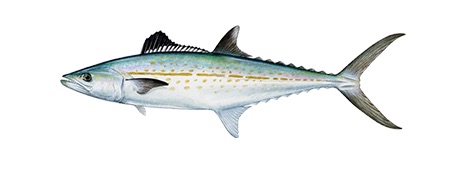
Lifespan & Reproduction
Boasting a potential lifespan of up to 20 years, cero mackerels generally live around 12 before they reach the age of sexual maturity at two.
During the months of April through October, mackerels in Jamaica reproduce by spawning in open water. Meanwhile, reproduction is a year-round occurrence for mackerels located off the coastlines of Venezuela, Puerto Rico and Florida.
Once females reach adulthood, they typically span between fifteen and thirty-one inches in size. Cero Mackerel is a type of oviparous fish that procreate by laying eggs.
During spawning season, a single female can lay between 160,000 and 2.23 million eggs into the water as males simultaneously release their sperm in an awe-inspiring display of aquatic reproduction.
As the eggs begin to drift, they are also fertilized. What’s more remarkable is that their buoyancy keeps them afloat until it’s time for hatching!
The eggs of cero mackerel are typically 0.05 inches in diameter and hatch within a couple of days, making their development even more intriguing. First, the caudal fin appears followed by the first and second dorsal fins lastly culminating with the pectoral pelvic fin. An incredible feat for such small creatures!
Other Types of Mackerel
Habitat
Solitary in nature, the cero mackerel may occasionally congregate and form schools among coral reefs and ledges at depths from 5 to 60 feet.
Cero mackerels are commonly found near the water’s surface, as they take pleasure in coastal habitats. But when necessary, these fish will explore into Pelagic Ecosystems to secure nourishment more readily.
Submerging in temperate saltwater, these creatures can be found throughout the Western Atlantic Ocean and Gulf of Mexico.
The cero mackerel is an abundant species that thrives in warm water habitats. Along the Western Atlantic Ocean, near the Caribbean and Bahamas, it can be found swimming amongst coral reefs and basins of tropical seas.
It can be seen in several areas across the US, including Cape Cod and Florida, as well as in the West Indies. In Massachusetts specifically, it is rather frequent to spot these fish near its coasts.
The Cero Mackerel typically inhabits the warm waters of the Gulf of Mexico, likely due to their preference for surface level temperatures. As a result, they are able to thrive and find suitable habitats in this area.
Food and Diet
The cero mackerel is a predator and enjoys hunting for its food. It prefers to feed on clupeoides which are herring-like fish.
Fish from the clupeoid family are known for their speed and agile swimming ability, making them a thrilling adversary to contend with if you’re fishing cero mackerel.
This fish is an agile hunter, their stripes acting as camouflage to disorient prey like anchovies, crustaceans and squid before a quick attack. Their speed and agility make them consummate predators of the seas.
It’s an extremely swift and agile predator, adept at snatching their prey with a quick strike while swimming through schools of fish. This ability makes them highly effective hunters. They are able to catch much more game than other species in the same amount of time.
By fishing in the top layer of water, this technique makes it easier to catch schools of fish that are gathered together due to their aggressive predatory behavior. This allows anglers to take advantage of more concentrated and plentiful catches.
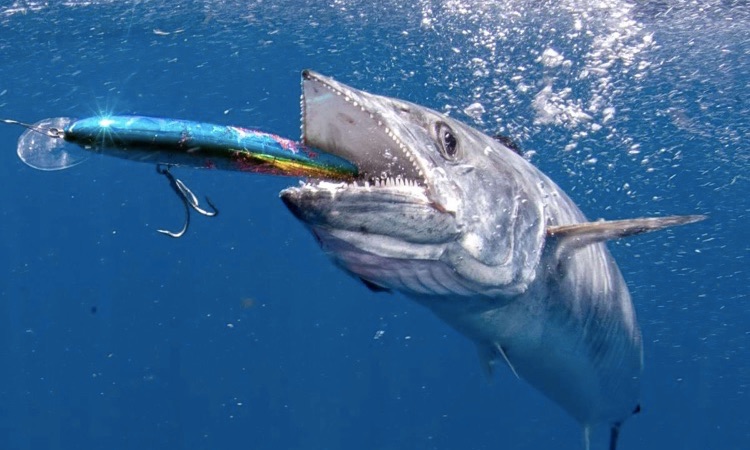
Predators
Larger fish species such as sharks, dolphins and tuna all prey on the cero mackerel. Additionally, humans hunt these small fish for their delicious meat and nutritious eggs.
Sporting enthusiasts and recreational anglers alike have long enjoyed the thrill of hooking one of the incredible fish, which can be caught with relative ease using light fishing tackle.
It is often captured by commercial fishers utilizing nets and trawls, usually baited with cut herring or anchovies.
This delicious fish is widely hunted as people seek out its delectable meat, which can be served in an abundance of ways. Sushi, fish oil supplements, sashimi and even canned.
Climate Change
As temperatures continue to rise due to global warming, the cero mackerel is making a shift northward in search of cooler waters.
Climate change is causing the this fish to become scarce in its customary southern habitat. These fish prefer warmer waters, yet can only tolerate a limited level of alteration.
If a cero mackerel does not migrate, it risks either losing population numbers in hotter regions or seeing an increase of its population in cooler areas. Making the wise choice to migrate is essential for these fish’s survival and growth.
Conservation Status
Despite being a food source for larger fish and hunted by humans, the cero mackerel is not in danger of endangerment or extinction according to the International Union For Conservation Of Nature.
Yet, this fish is vulnerable to the potentially hazardous consequences of climate change and global warming, which could have a lasting effect on populations in years to come.

